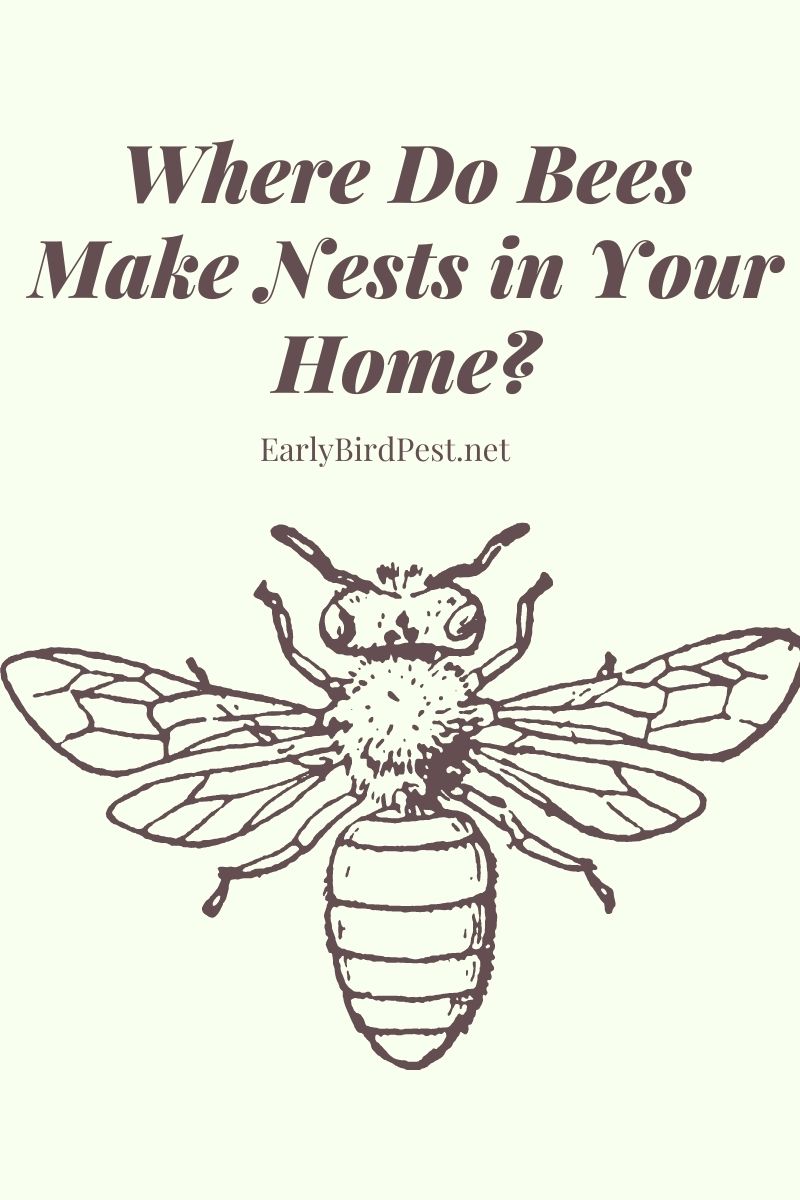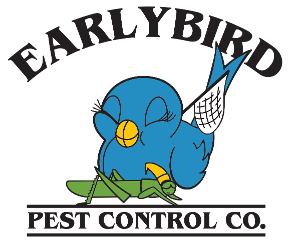Bees are those wonderful flying insects that are closely related to wasps. This lovely insect is mostly hairy, tan, and yellowish. We mostly see them nesting around woods and trees. This resourceful insect is very integral to the ecosystem, why? Bees are pollinators, they help in the growth of plant and trees, which are a major source of food and shelter to both humans and animals alike. Lest we forget, they are also a significant source of food and medicine to humans and animals alike, through the provision of mouth-watering honey for consumption.
They are also known to live in large groups called hives or colonies, this colony includes; the queen (she controls everything and lays all the eggs), female worker bees (infertile bees that create wax cells and fill them with pollen and honey) and the male drones (are mainly used as a mate for the queen and considered basically harmless). These are the three categories of bees found in any hive in any part of the world that they inhabit.
As important as this insect may be to the ecosystem, they can be very dangerous to both humans and animals when they nest in proximity to them, and to individuals who are allergic to the stings of bees. Hence, why most people do not want these swarming insects inside their homes, but they still get in sometimes.
So the next question is, why do they come into our homes? And what part of my home are they likely to make a nest in, if they eventually come in?
Your home can be infested by bees for various reasons, 1) They may be attracted to food crumbs exposed around your house 2) They may be attracted to your house because of an old colony in your home 3) They can get into homes because of the destruction of trees and other natural habitats that they are used to nesting in.
To answer the second question, bees often like to nest on trees and woods, since they are so used to nesting on trees in the open, they are likely to nest on woods or furniture that have not been moved around in a while.
1) Hole In The Wall of homes: Bees are likely to nest on parts of the wall of your house with holes in them between 5 to 16 inches, they start by filling up the hole with wax comb cells and later fill them with pollen and nectar. Slowly the population of the hive grows, and then you notice swarms of them flying around in weeks.
2) Garage: The garage or a shed is another likely place that these resourceful insects may choose to nest. The garage is a building for housing motor vehicles and as always; the garage is filled with boxes of tools and other household equipment’s, hence providing a suitable cover for bees to hide and go unnoticed for a long period.
3) Ceiling: Ceiling boards with openings are another place that these insects may decide to nest, as they would be rarely disturbed, and woods make it more habitable for them.
Homeowners should monitor their homes, by also learning to close all unnecessary holes that these bees may likely view as a nesting ground. It is also advisable for homeowners to invest in natural bee repellents as a preventive measure. Learn more about Arizona pest control services in the Phoenix Valley. We handle all Bee Infestations as well.
More Tips for Homeowners:
- 4 Signs You Have Bed Bugs
- How to Get Rid of Cockroaches
- How to Get Rid of Rats
- How Do I Know if I Have a Scorpion Infestation?
- How Do I Know if I Have a Bee or Wasp Nest in My House?
- How Do You Know if You Have Mice or Rats?
- Do I Need a Professional to Remove Tarantulas?
- 5 Ways to Keep Pests out of the Office
- How Ants Ruin your Home
- How to Keep Bees and Wasps Out of Your Pool

Recent Comments